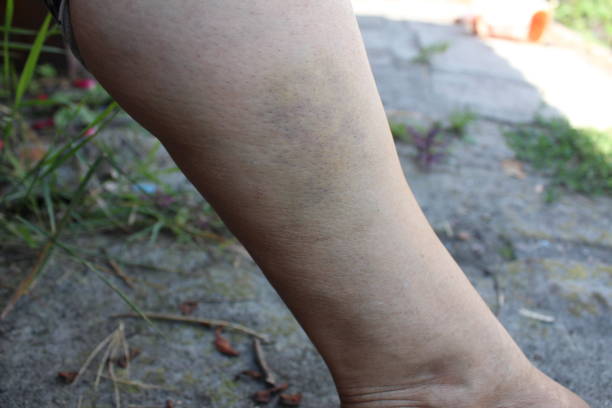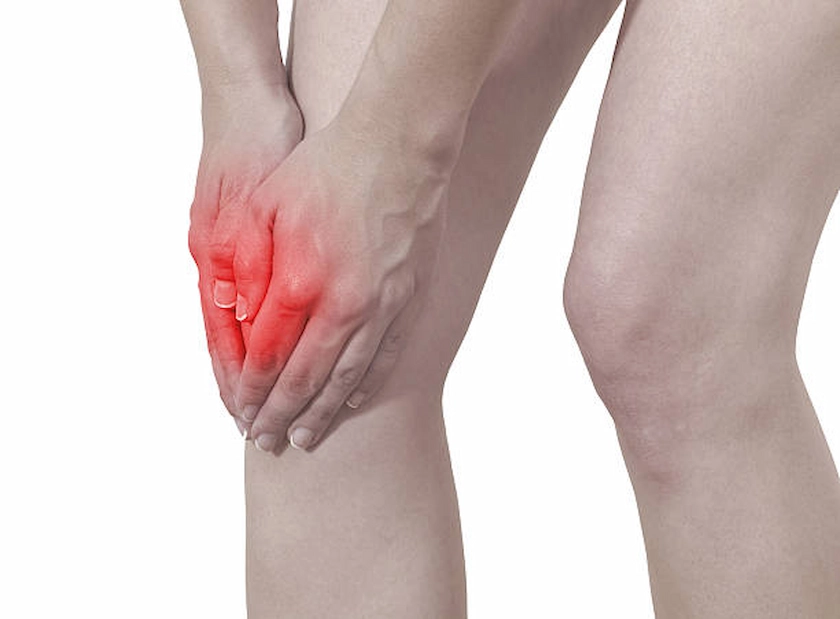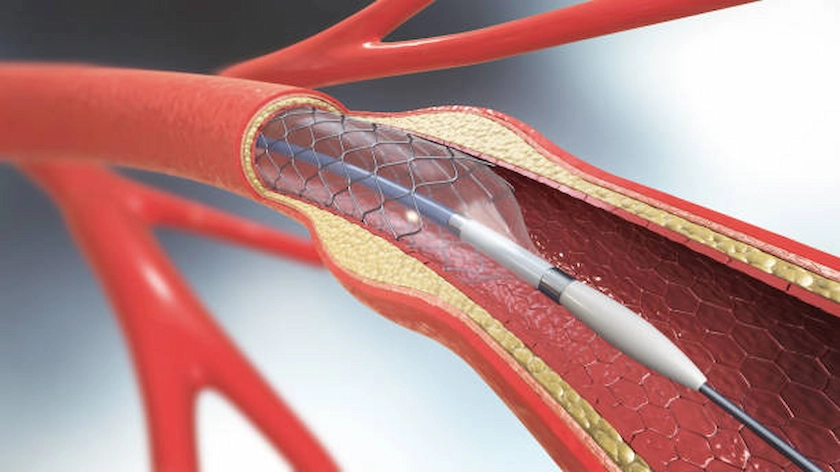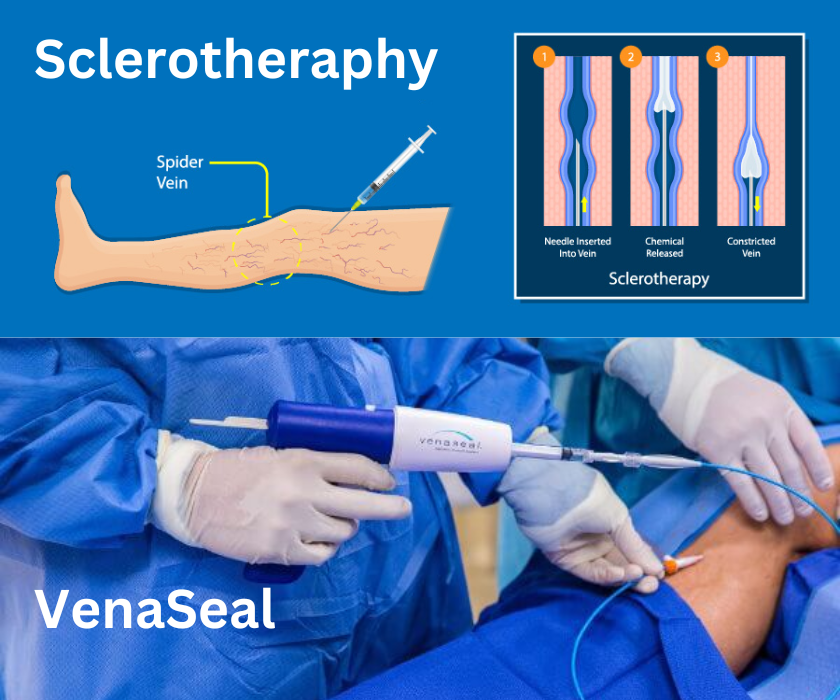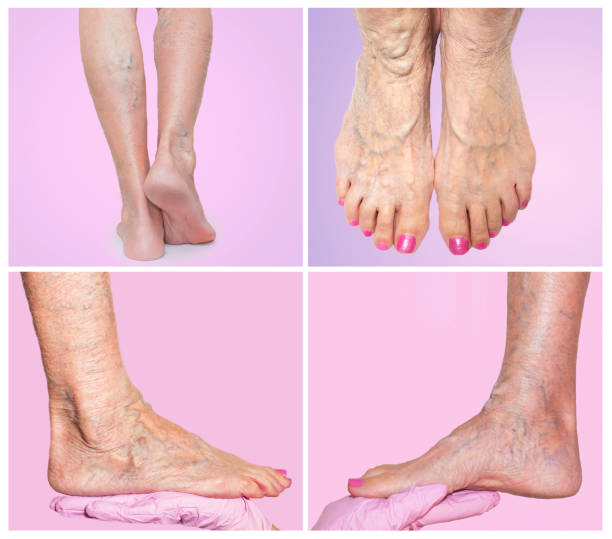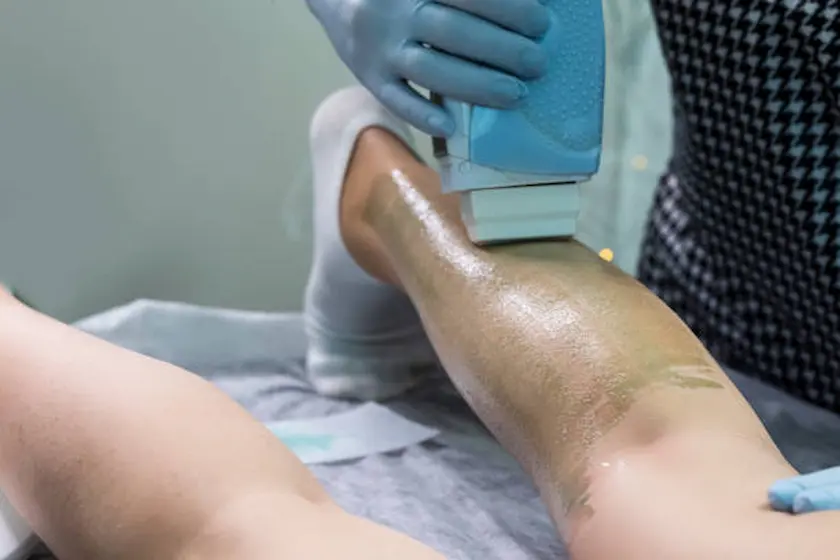
Aortic Aneurysm Risk: Why They Happen (Part 3)
Following the discussion on symptoms and screening, this article explores the factors that drive aneurysm formation. It breaks down both lifestyle-related and genetic risks to help readers understand what may increase their likelihood of developing an aneurysm.






